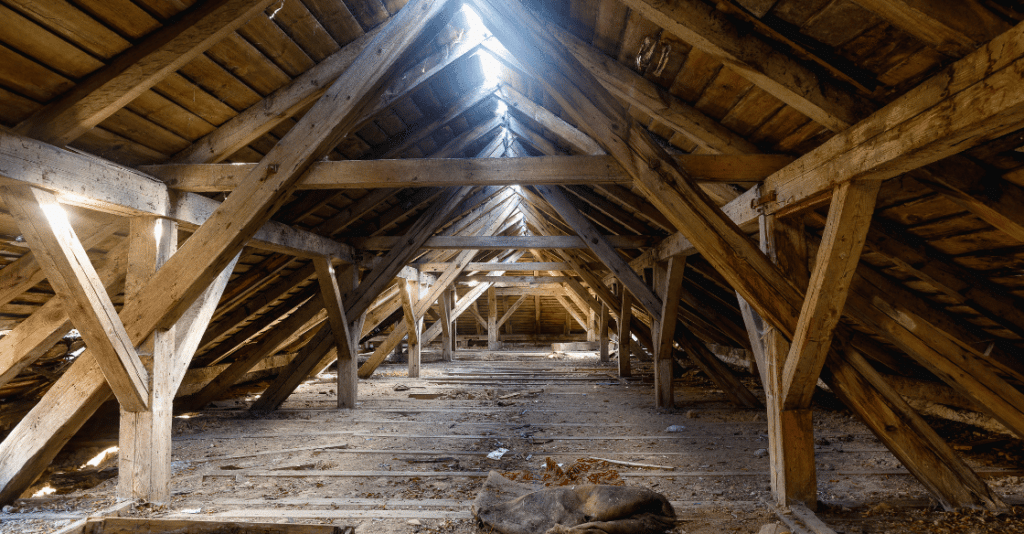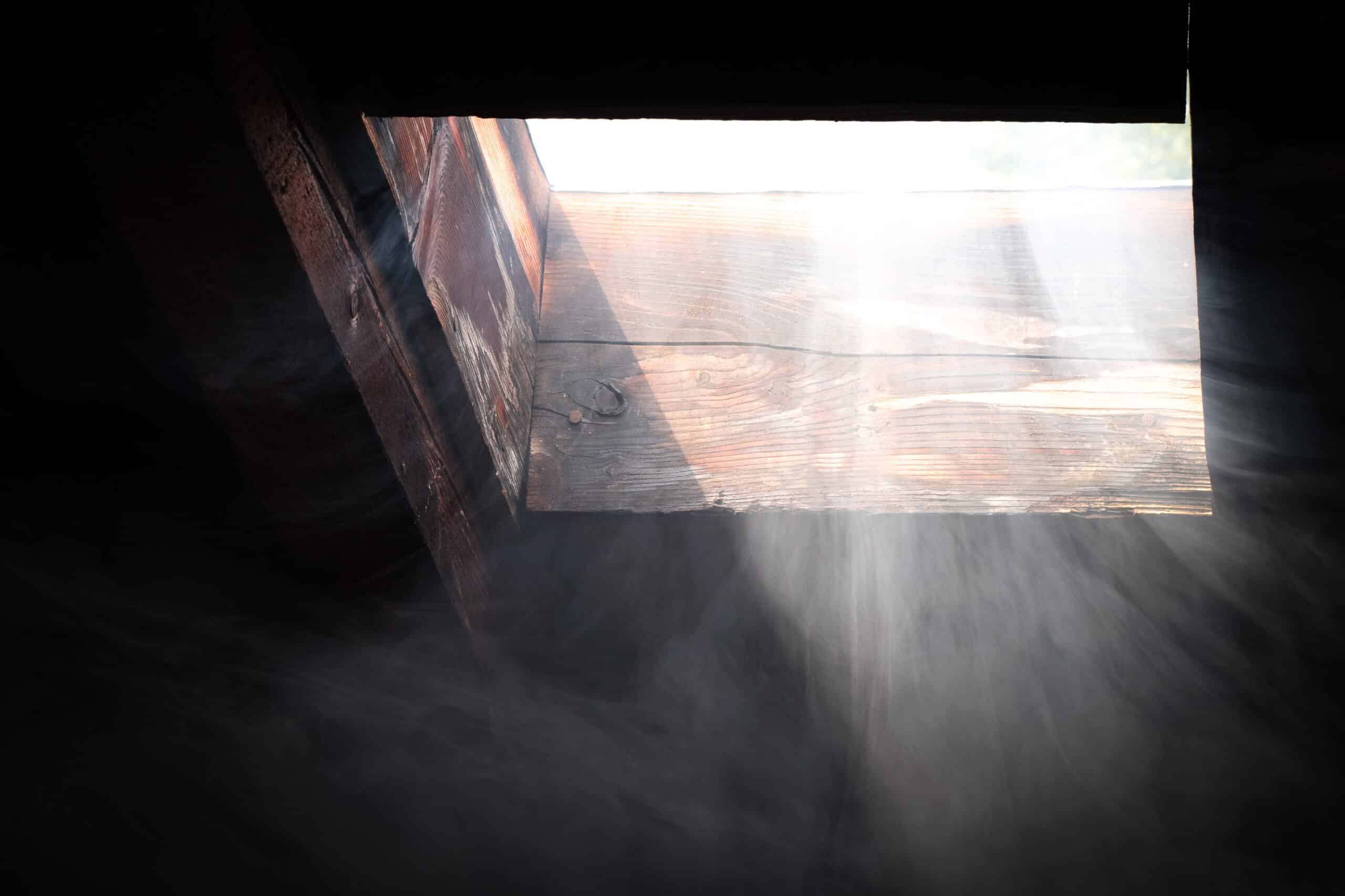Water intrusion is a cause of expensive property damage that can take a long time to fix. Whether you are a homeowner or the owner or manager of a larger commercial property, avoid problems in the future by being on guard for water intrusion. Develop a plan of action that includes the following:
- Understanding what water intrusion is and how it occurs
- Learning to recognize and prevent the leading causes of water intrusion
- Knowing when to contact a professional about water intrusion
- Educating employees and family members about water intrusion
Storms, burst pipes, and appliance failures can occur at any time in buildings of any age. When they happen, shaving even seconds off your response time could save you thousands of dollars. The time you spend today preparing for water intrusion is a sound investment in your financial future, your peace of mind, and the safety of anyone who will occupy your building.

What is Water Intrusion?
Property owners sometimes fall prey to water intrusion because they do not recognize the scope of the problem. A property manager who is satisfied because the roof and the pipes under the sink do not leak might overlook insidious threats until it does irreparable damage.
Water Intrusion Meaning
Water intrusion is a catch-all category that includes any event that brings unwanted water into a building from any source. The water could be natural, such as rainwater through a leaky roof or water from the municipal water supply. Water intrusions can carry debris, toxic waste, bacteria, mold, and other hazards — not merely water.
Water Intrusion Examples
Water intrusion can arise in many different ways in many locations within a building. Consider these examples and ask yourself whether your property management policies would catch these problems and fix them before they become dangerous.
- An employee at a hotel leaves a faucet running in a stopped bathroom, causing the water to overflow and seep into the floor.
- A leaking water heater causes water to pool on the concrete in a basement.
- Flying debris from a hurricane breaks a skylight, allowing rain to fall on the room below.
- Damaged flashing around the chimney allows water to seep silently into the space between the chimney and the roof, gradually rotting beams and degrading the chimney.
- Snow seeps into a leaking basement window, leaving stains on the drywall and promoting mold growth.
The many manifestations of water intrusion in residential, commercial, and industrial contexts mean that no one practice will protect you from water intrusions. Your approach to protecting your property should be comprehensive, proactive, and adaptive. It should integrate with your personal financial planning or business operations.
What Does It Look Like?
Water intrusion has many faces, and some of the most damaging forms of water intrusion look like nothing at all. Some of the most expensive intrusions, such as eroded foundations and mold growth, do not always produce visible signs.
Visible Water Intrusion
Water pooling on floors or dripping from ceilings can be easy to spot if you inspect your property regularly and thoroughly. Other signs of water intrusion include:
- Discolorated walls and ceilings
- Cracking, peeling paint
- Rust on metal surfaces
- Warped and rotten wood in floors, paneling, and cabinetry
- Growth of mold
Hidden Water Intrusion
Water damage becomes visible once it reaches ceilings, floors, and interior walls. However, damage between the rooms of a house or in attics and crawlspaces might escape detection for a long time. If you suspect water intrusion, call in a professional to investigate.
Professional plumbers and water damage remediation specialists have modern technology at their disposal to identify water intrusion, including:
- Thermal imaging to detect changes in temperature that occur when the spaces between walls and under floors become wet
- Visual inspection of pipe interiors using video cameras mounted on flexible poles
- Equipment to detect excessive moisture or mold spores in the air
A technician might need to excavate concrete or remove drywall to gain access to the site of water intrusion. Excavation is usually a last resort because it adds to the expense and time requirements of water damage restoration.
You might not be able to detect all the signs of water intrusion on your own. However, you can be alert for changes such as:
- Unexplained increases in water usage and rising water bills
- Unexplained loss of water pressure
- Tripping of ground fault interrupter outlets or circuit breakers
- Musty smells in basements, attics, or other out-of-the-way places
- Evidence of insects or other pests inhabiting an interior space on your property
- Dripping, rushing, gurgling, or splashing sounds behind walls
Causes of Water Intrusion
The best approach to fixing water intrusion depends on the source of the water and the reason why it gained intrusive access to your home or business property.
Leaky Water Intake Pipes
Modern buildings depend on the public water supply for drinking, showers, and running appliances, but leaky valves, seals, and pipes can cause catastrophic water intrusion. If intake pipes fail, they usually lead to a loss of water pressure. A leaky pipe can cause water damage far from its location once water spreads and mold and rot proliferate.
Backed Up Pipes
When water can’t drain, it will back up in pipes and overflow through sinks, showers, and toilets.
Leaky Roofs
Roofs offer many entrance points for water as they age and suffer damage.
Storm Damage
Even a well-maintained home or business can suffer water damage if winds and flying debris compromise the home’s integrity.
Fire Damage
If a fire department uses water to extinguish a fire, spray from the hoses will create a widespread water intrusion.
Dangers of Water Intrusion
Water is usually a safe chemical to interact with. Once it gets into spaces that it should not go, it can lead to many safety hazards.
Slip and Fall Accidents
Puddles, wet concrete, and weakened floors can cause family members, guests, or customers to lose their footing.
Mold
Damp wood, drywall, clothing, or food provides an attractive habitat for many species of mold. Some forms of mold are toxic or provoke harmful allergic reactions if their spores enter the heating or cooling system.
Bacteria
Like mold, bacteria can multiply in moist environments. They can produce toxins and pose a risk of infection if people inhale them or if they contaminate food or water.
Insects
Insects thrive in wet environments. Once they get a foothold and lay eggs, they can spread through the property and become difficult to eradicate.
Electric Shock
If water corrodes the wiring of a property or damages electrical appliances, it could expose anyone using electrical devices to shock. Pools of water on the ground could transfer electricity to anyone who steps into them, perhaps in an effort to clean the spill.
Water Intrusion Plan
Dealing with water intrusion requires a proactive plan of action that you and other occupants on your property can implement on short notice under stressful conditions. The following steps can increase the likelihood that your plan goes off without a hitch.
Maintain Property and Flood Insurance
Understand your homeowner’s insurance or property insurance policy and confirm that it provides enough coverage. Flood insurance is separate from other forms of water damage, so buy a separate flood insurance policy or rider if you live in a flood-prone area.
Know How To Shut Off Water on Your Property
Know the location of water shutoff valves and teach responsible family members or employees how to use them in an emergency.
Keep Your Valuables in a Water Safe Location
Store your identification, credit cards, and important documents in an accessible location safe from leaks, flooding, and other forms of water intrusion.
Know Who To Contact and When To Contact Them
Along with your valuables, keep a list of businesses that you might need to contact in a water intrusion emergency. Investigate the water removal and water damage remediation companies in your area beforehand so you don’t have to research them during a crisis.
Frequently Asked Questions (FAQs) – Water Intrusion
How Do You Detect Water Intrusion?
You stand a better chance of detecting water intrusion if you regularly inspect your property, including basements, attics, and crawlspaces, for damage.
An expert in water removal will have better equipment and training for water intrusion detection compared to most homeowners. Homeowners who try to fix water intrusions without using protective gear or taking safety precautions could injure themselves. If you suspect a water intrusion, it is better to ask a professional to inspect your property.
Is a Leak Water Intrusion?
Leaks in roofs, pipes, and other home structures are sources of water intrusion because they allow water to enter the building in unexpected and unintended ways.
Conclusion
Don’t let water intrusion get out of hand. Call Attic Projects to get a free quote today! We have experience treating water intrusion in home and business environments.
Contact us via our convenient online form or call our team to schedule an appointment for water intrusion cleanup, mold remediation, and pest removal services.




